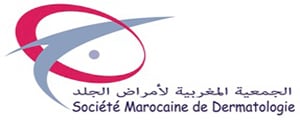VOLTAR
IMCAS World Congress 2020
IMCAS World Congress 2020
Programa
S023, S024
Destaque no programa
Sala: Room 141 - level 1
Data: quinta-feira 30 janeiro 2020 de 16:30 às 18:30
Formato: FOCUS SESSION > lectures covering a major topic of the congress
Data: quinta-feira 30 janeiro 2020 de 16:30 às 18:30
Formato: FOCUS SESSION > lectures covering a major topic of the congress
Apresentações desta sessão
| Horas | Palestrantes | Título da apresentação | Resumo | Número |
| 16:30 | Presentation of Société Marocaine de Dermatologie | 93088 | ||
| 16:35 | Dermoscopy: a helpful tool for melasma? | 98605 | ||
| 16:47 | New insights for melasma treatment | 93090 | ||
| 17:07 | Melasma management in current practice | 93089 | ||
| 17:27 | PRP: is it the final cure for melasma? | 95785 | ||
| 17:39 | Benefits of oral supplementation in the treatment of melasma | 93091 | ||
| 17:51 | Combination of EBD to treat Asian melasma - Does it really work? | Visualizar | 99538 | |
| 18:03 | Efficacy of plant-based extract as photoprotective adjuvant in oral and topical treatment of melasma (unrestricted educational grant from Cantabria Labs) | Visualizar | 95784 | |
| 18:15 | Q&A | 93092 | ||















